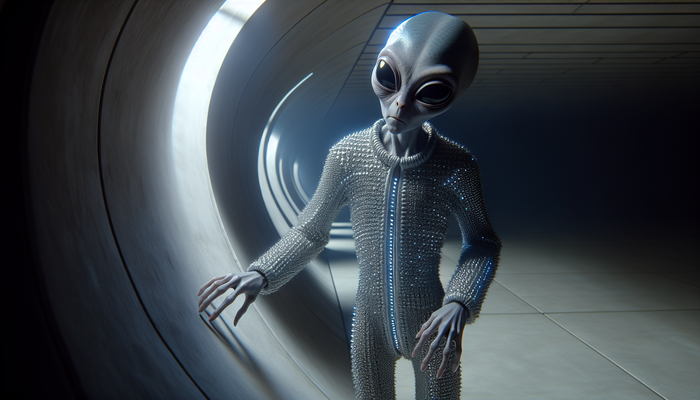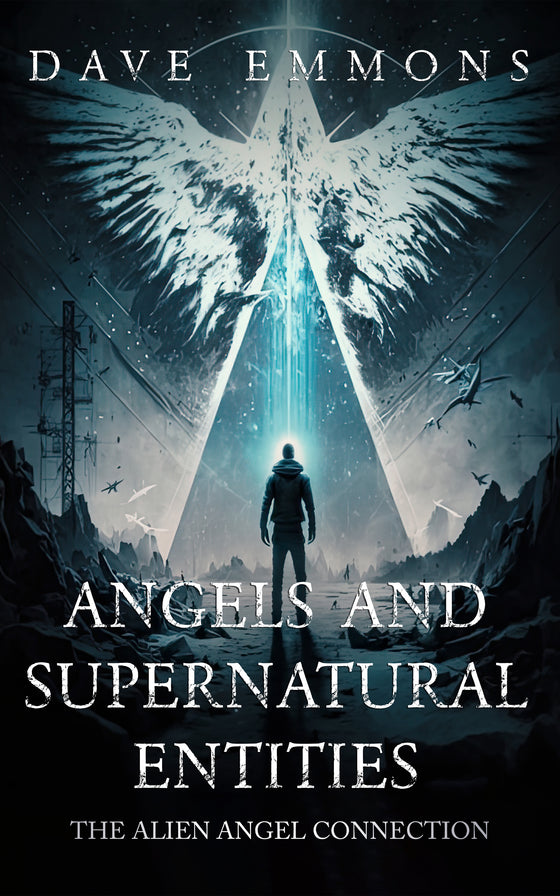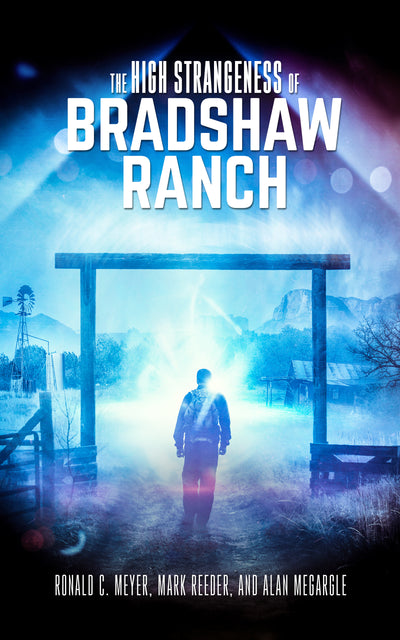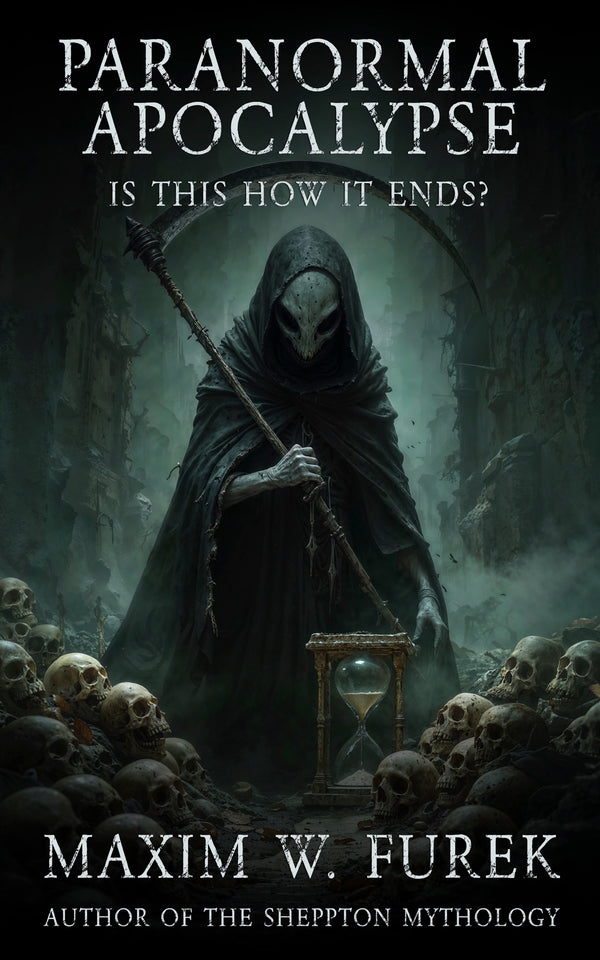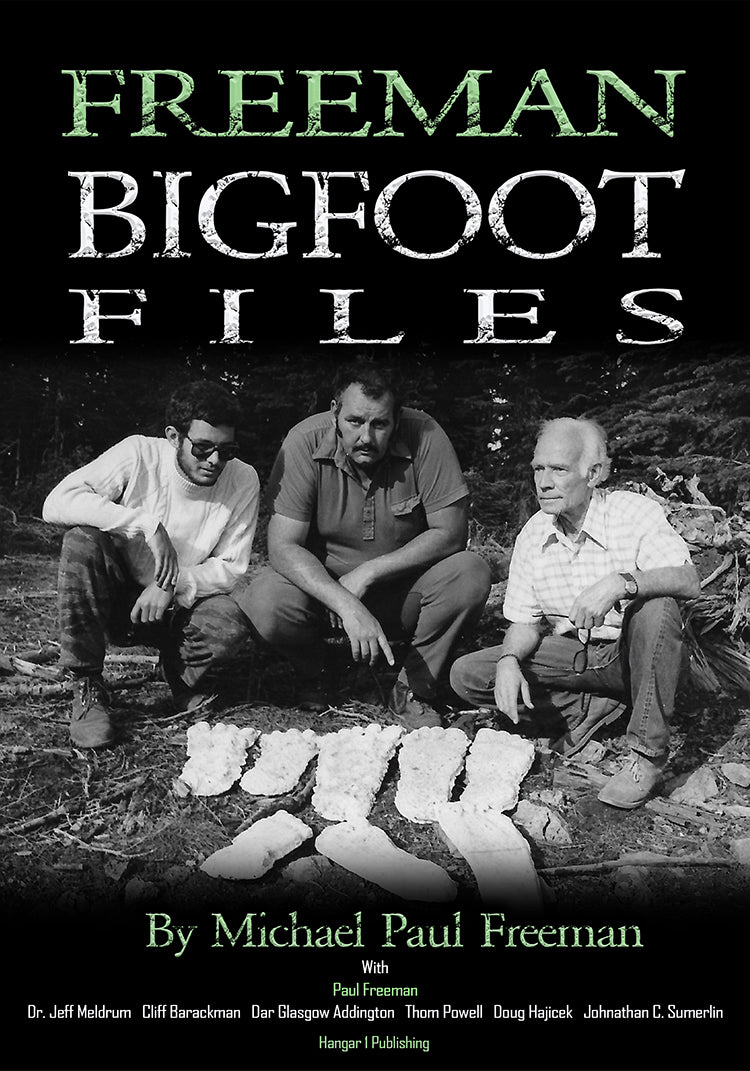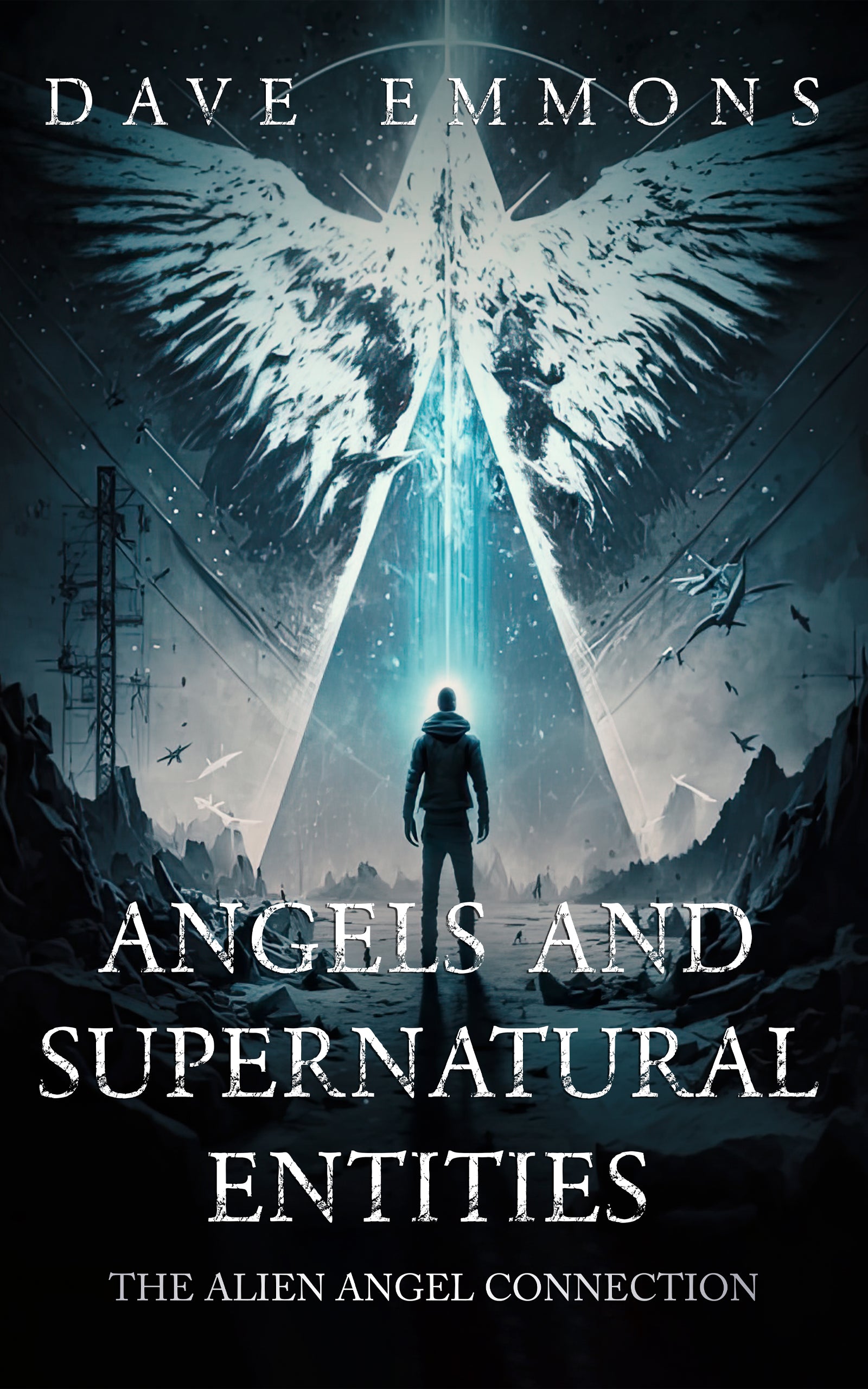The Philadelphia Experiment: Fact or Fiction?

By Elaine Westfield, Ufologist
Blurring the Veils of Reality
Picture this: October 1943, Philadelphia Naval Shipyard. The USS Eldridge, wrapped in electrical cables, suddenly vanishes in a greenish-blue glow. Minutes later, it reappears hundreds of miles away in Norfolk, Virginia, before returning to Philadelphia. When sailors board the rematerialized ship, they find a nightmare – men fused into metal bulkheads, others driven insane, some phasing in and out of visibility like ghosts caught between worlds.
Could the U.S. Navy have accidentally discovered invisibility, teleportation, and time travel during World War II, only to abandon the technology after witnessing its horrific human cost?
This is the Philadelphia Experiment legend – a tale combining cutting-edge science, government secrecy, Einstein's genius, and physics-defying phenomena. But did it actually happen? Let's separate fact from fiction in one of the most persistent military legends of the 20th century.
The Genesis of a Legend: Echoes from the 1950s
The Philadelphia Experiment story emerged from an unexpected source: a merchant mariner named Carl Meredith Allen (alias Carlos Miguel Allende). In 1955, Allen sent a series of bizarre letters to Morris K. Jessup, an astronomer who had published a book about UFOs called "The Case for the UFO."
These rambling letters – featuring odd capitalization, strange punctuation, and multiple colors of ink – claimed that Allen had witnessed the USS Eldridge vanish from Philadelphia Harbor on October 28, 1943, while stationed aboard the SS Andrew Furuseth. According to Allen, the ship teleported to Norfolk before returning to Philadelphia.
Allen insisted this wasn't mere illusion but the result of the Navy applying Albert Einstein's unified field theory – Einstein's attempt to link electromagnetism and gravity. When Jessup asked for evidence, Allen's responses grew increasingly erratic and fantastical, eventually fading into silence.
The Plot Thickens: The Office of Naval Research and the Varo Edition
In 1956, something happened that elevated the story from obscure correspondence to high-profile conspiracy theory. The Office of Naval Research (ONR) received an anonymous package containing Jessup's book with extensive handwritten annotations in three different colors of ink. These notes discussed UFOs, alien races, and provided detailed commentary on the Philadelphia Experiment.
The ONR contacted Jessup to examine the book. He immediately recognized the handwriting as Allen's. Curiously, two ONR officers were so fascinated that they arranged for a small contractor called the Varo Corporation to produce approximately 127 mimeographed copies of the annotated book – the "Varo Edition" – which circulated within naval circles.
This peculiar government involvement gave the story unexpected credibility. Why would the Navy care about these claims unless there was some truth to them? This question alone has sustained decades of speculation.
The Core Narrative: Unpacking the Alleged Events of October 28, 1943
According to the legend, in 1943, with German U-boats sinking Allied ships at an alarming rate, the Navy desperately sought new defensive technologies. At Philadelphia Naval Shipyard, scientists allegedly led by a "Dr. Franklin Reno" attempted to render ships invisible to enemy radar and magnetic mines using Einstein's theories.
The USS Eldridge, outfitted with massive generators and special cables, was the test subject. An initial test on July 22, 1943, reportedly made the ship partially invisible – witnesses described a "greenish fog" appearing in its place. Crew members suffered severe nausea afterward.
The October 28 experiment went catastrophically wrong. The Eldridge not only became invisible – it physically vanished, briefly appeared in Norfolk, Virginia, then returned to Philadelphia. The human toll was horrific: sailors found fused into the ship's metal structure, others mentally shattered, some vanished completely. Some accounts add time travel – the ship allegedly jumped 10 minutes backward in time during teleportation.
The Navy supposedly terminated the project immediately, discharging surviving crew members as mentally unfit and covering up all evidence of the experiment.
Fact-Checking the Phenomenon: Official Denials and Missing Evidence
When investigators have attempted to verify this extraordinary story, they've found nothing but contradictions and impossibilities.
The U.S. Navy categorically denies such an experiment ever took place. The ONR issued a statement in 1996: "ONR has never conducted any investigations on invisibility, either in 1943 or at any other time." They pointedly noted that ONR wasn't even established until 1946.
The USS Eldridge's logs and war diary provide a detailed account of the ship's whereabouts throughout 1943. They show conclusively that on October 28, the Eldridge was nowhere near Philadelphia – it was conducting training exercises near Bermuda before joining a convoy to Casablanca. Furthermore, early versions of the story placed initial tests in July 1943, but the Eldridge wasn't even commissioned until August 27.
The SS Andrew Furuseth's movement records likewise contradict Allen's account – the ships weren't even in the same locations when Allen claimed to witness the experiment.
Scientifically, while Einstein did work on a unified field theory, he never completed it – something he openly acknowledged. The technology to bend light around an object as large as a destroyer remains beyond our capabilities even today, and the described effects on crew members violate known laws of physics.
With contradictory timelines, no credible witnesses, and scientifically impossible claims, the Philadelphia Experiment appears to be legend rather than history. But if it didn't happen, what inspired such a specific and detailed story?
Deciphering the Mystery: Plausible Alternative Explanations
Several mundane explanations potentially account for the Philadelphia Experiment legend.
The most compelling centers on a real WWII naval technology called degaussing. German submarines used magnetic mines that detected ships' magnetic fields. To counter this, the Navy developed a process to reduce ships' magnetic signatures – making them "invisible" to magnetic mines, though not to radar or the human eye.
Degaussing involved wrapping ships with electrical cables and sending high currents through them to scramble the vessel's magnetic field. A ship undergoing degaussing – surrounded by cables with electrical equipment generating corona discharges – would certainly appear unusual to observers unfamiliar with the technology.
Edward Dudgeon, a Navy electrician stationed on the USS Engstrom, dry-docked in Philadelphia alongside the Eldridge, confirmed that both ships were equipped with degaussing equipment. He suggested that the Philadelphia Experiment stories likely stemmed from misunderstandings about this real technology.
The "greenish fog" described might have been St. Elmo's Fire – a phenomenon where plasma created in strong electric fields produces a bright glow. This occurs naturally around ships during electrical storms or might have been produced by degaussing equipment.
As for the rapid movement between Philadelphia and Norfolk, naval vessels had access to inland canals – specifically the Chesapeake and Delaware Canal – that were off-limits to commercial vessels. Using these shortcuts, a Navy ship could travel between the cities in about six hours, rather than the two days required for merchant vessels taking the coastal route. To uninformed observers, this quick reappearance might have seemed impossible without teleportation.
The Human Element: The Curious Case of Carl Allen and Other Witnesses
Understanding Carl Allen helps explain the Philadelphia Experiment's origins. Those who knew him described a complex individual with a "fantastic mind" but also as a drifter who never held any job long. His family characterized him as a "master leg-puller" – someone who delighted in creating elaborate pranks and tall tales.
Journalist Robert Goerman interviewed Allen's family in the late 1970s, revealing a creative and imaginative loner whose information often became "twisted" in his mind. Some reports suggest Allen may have suffered from mental health issues.
Allen's behavior regarding the Philadelphia Experiment was notoriously inconsistent. Over the years, he alternately promoted his story, confessed to fabricating it "to scare the hell out of Jessup," then recanted his confession, then confessed again. This pattern of contradiction makes him an unreliable narrator at best.
Morris Jessup's death added another layer of intrigue. In 1959, he was found dead in his car from carbon monoxide poisoning. Though ruled a suicide with clear contributing factors – his books weren't selling, his wife had left him, he was depressed – some conspiracy theorists have suggested foul play, speculating that Jessup was silenced for knowing too much.
Decades later, other alleged witnesses emerged. Alfred Bielek came forward in 1989 claiming to have been aboard the Eldridge during the experiment. His story was even more fantastic than Allen's – claiming he was born as Edward Cameron, teleported to the future, and brainwashed into a new identity. Tellingly, Bielek's "memories" only surfaced after he watched the 1984 movie "The Philadelphia Experiment," strongly suggesting they were inspired by fiction rather than reality.
The Enduring Legacy: The Philadelphia Experiment in Popular Culture
Despite its dubious origins, the Philadelphia Experiment has achieved remarkable cultural penetration. Charles Berlitz and William L. Moore's 1979 book, "The Philadelphia Experiment: Project Invisibility," presented Allen's claims as fact, though critics noted key elements appeared lifted from a 1977 novel called "Thin Air."
The 1984 film "The Philadelphia Experiment" cemented the narrative in popular consciousness, adding a love story and elaborate time travel elements. The story has appeared in numerous TV shows, including "The X-Files," and inspired elements in video games like "Assassin's Creed" and "Command & Conquer: Red Alert."
The Philadelphia Experiment has also been linked to the Montauk Project – another conspiracy theory involving alleged secret government experiments in psychological warfare, time travel, and alien contact on Long Island. Some versions claim a "time loop" connects the Philadelphia Experiment to events at Montauk in the 1980s, creating an elaborate web of government conspiracies spanning decades.
The "What If?" Factor: Why the Story Resonates
Why has this story endured despite overwhelming contrary evidence? The answer lies in the psychological and cultural buttons it pushes.
The 1950s were characterized by rapid technological advancement, Cold War paranoia, and concerns about the military-industrial complex. The atomic bomb had demonstrated science's power to create both wonders and horrors, priming the public to believe the government might be keeping other breakthrough technologies secret.
The Philadelphia Experiment plays into our simultaneous attraction to and fear of technological advancement. The idea that scientists might crack the secrets of invisibility and teleportation is exhilarating – but the notion such discoveries could have terrible consequences speaks to our anxieties about playing god with forces we don't fully understand.
Einstein's alleged involvement adds another compelling layer. That the famous genius might have discovered profound secrets deemed too dangerous to share creates a tantalizing scenario that's hard to resist. For conspiracy theorists, the Navy's consistent denials only strengthen their convictions – that's exactly what you'd expect if they were hiding something.
Perhaps most importantly, it's simply a great story, with villains, victims, mysterious figures, and spectacular visual elements. The Philadelphia Experiment has transcended its origins to become a modern myth – less about what actually happened in 1943 than a vehicle for exploring our complicated relationship with technology, secrecy, and the unknown.
Each new generation discovers the same question at its heart: What if our understanding of physical reality is incomplete? What if somewhere, behind the curtain of classified research, someone has already discovered how to bend the laws of physics themselves?
From Bigfoot to UFOs: Hangar 1 Publishing Has You Covered!
Explore Untold Stories: Venture into the world of UFOs, cryptids, Bigfoot, and beyond. Every story is a journey into the extraordinary.
Immersive Book Technology: Experience real videos, sights, and sounds within our books. Its not just reading; its an adventure.







